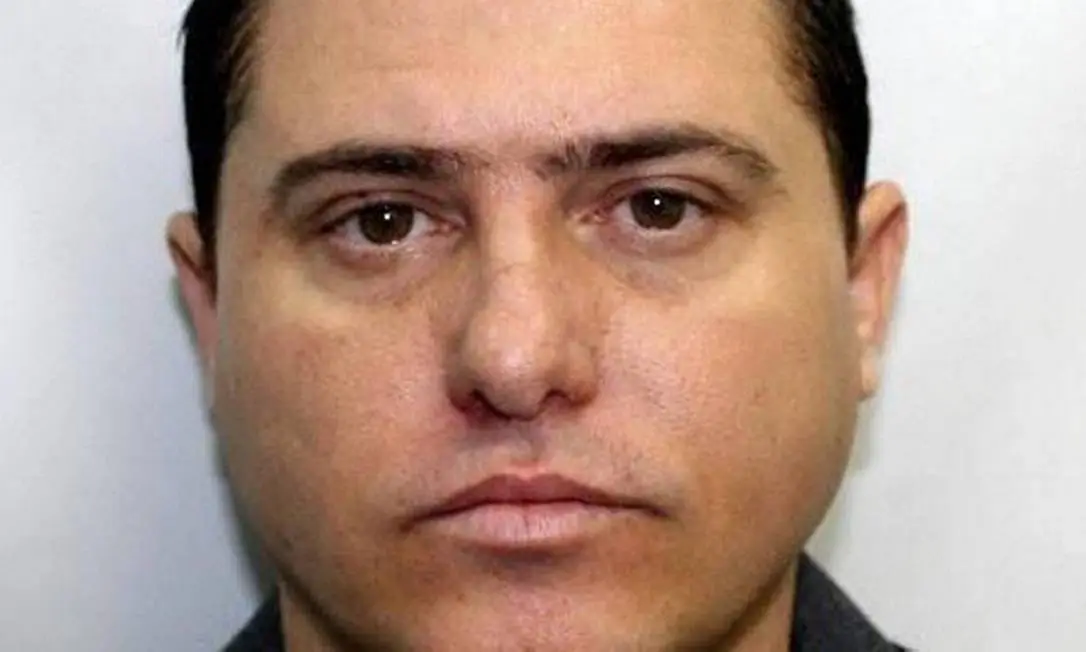Luis Antônio da Silva Braga, known as Zinho, leader of Rio’s largest militia, surrendered to authorities, marking a key point in the city’s fight against organized crime.
Transferred to the high-security Bangu 1 prison, his capture ends a long period of evasion and is seen as a victory for law enforcement.
Governor Cláudio Castro has identified Zinho as “public enemy number one,” emphasizing the threat posed by such groups to public safety.
Under the shadow of 12 arrest warrants, the surrender is a pivotal moment in the state’s efforts to restore order and combat lawlessness.
However, this development also brings to light the broader context of Rio’s security challenges.
Paramilitary groups like Zinho’s, often comprising corrupt officers, have exploited socio-economic vulnerabilities, gaining influence in some communities.

They operate outside the law, resorting to violence, extortion, and controlling illicit activities like drug and weapon distribution.
The impact on local communities is profound, with residents often caught in the crossfire of these power struggles.
Tragic personal toll of this conflict
In response to Zinho’s capture, community reactions have been mixed.
While some see it as a step towards peace and stability, others remain cautious, aware of the deep-rooted issues that give rise to such groups.
Civil society organizations and local NGOs stress the importance of addressing the underlying socio-economic factors alongside law enforcement to create lasting change.
The death of Zinho’s nephew, Matheus da Silva Rezende, in a police operation highlights the tragic personal toll of this conflict.
The loss of three family members in six years to such violence underscores the need for comprehensive solutions that go beyond policing.
As Zinho begins his time in custody, the focus now shifts to how Rio de Janeiro can forge a path forward.
This involves continued vigilance by law enforcement and a concerted effort to tackle the root causes of crime and to heal and support affected communities.
The path to a safer Rio requires a multi-faceted approach, balancing strict law enforcement with social and economic development initiatives.

